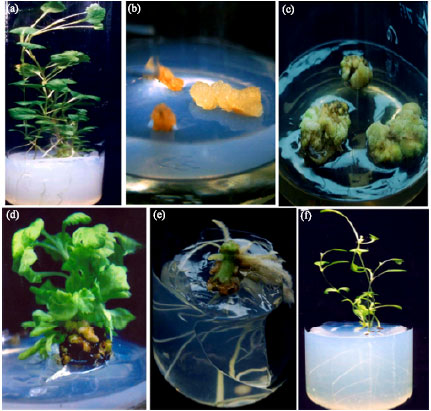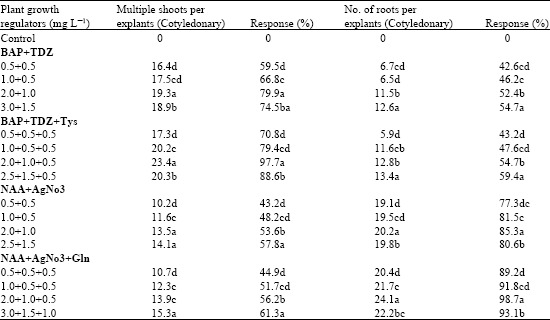Research Article
Effect of Amino Acids and Growth Regulators on Indirect Organogenesis in Artemisia vulgaris L.
Stress Physiology and Medicinal Plant Biotechnology, Department of Plant Science, Bharathidasan University, Tiruchirappalli-620024, Tamil Nadu, India
LiveDNA: 91.3671
ORCID: 0000-0002-9025-9942
B.D. Ranjitha Kumari
Stress Physiology and Medicinal Plant Biotechnology, Department of Plant Science, Bharathidasan University, Tiruchirappalli-620024, Tamil Nadu, India














